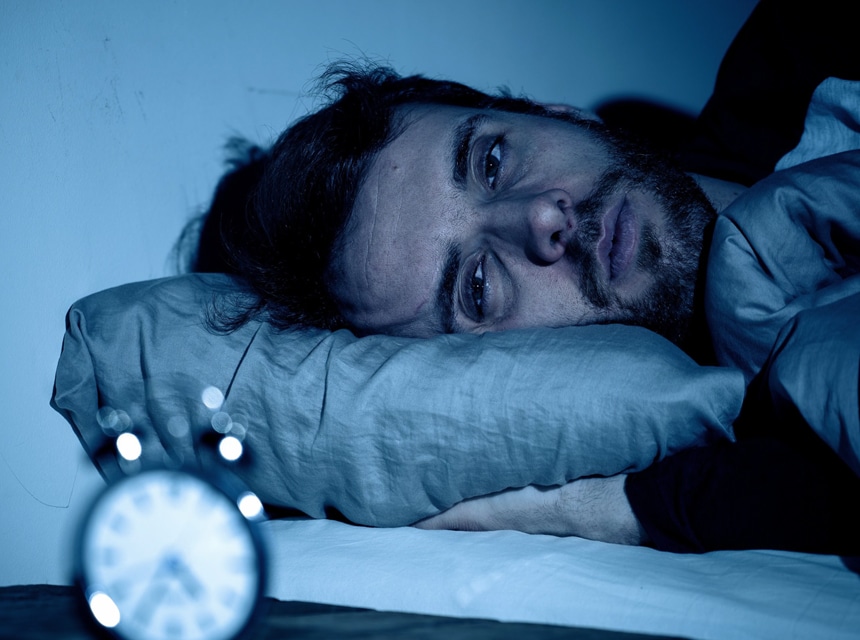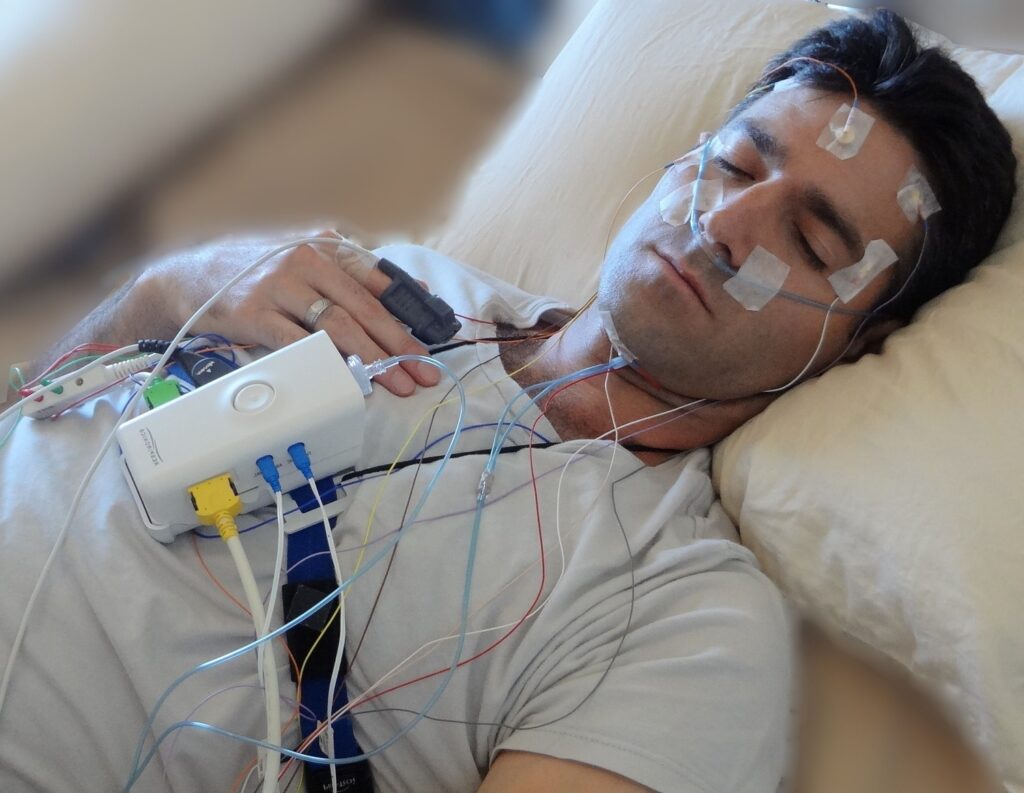

A team of researchers from the University of Bern and University Hospital Bern’s Department of Neurology discovered how the brain triages human emotions during dream periods of sleep to consolidate pleasant emotions while countering the accumulation of negative emotions.
The study emphasizes the significance of the association of mental health with quality sleep and opens up new avenues for treatment techniques.
REM (Rapid Eye Movement) sleep is a unique and enigmatic state in which most dreams come alongside significant emotional content. To this day, it is unclear how and why these emotions are triggered. A higher ratio of these emotions is integrated by the prefrontal cortex while the person is awake. However, they appear to be dormant during REM sleep.
Professor Antoine Adamantidis of the University of Bern’s Department of Biomedical Research (DBMR) stated that the objective of the study was to perceive the underlying mechanism and role of such a remarkable phenomenon.
For the progression of the study, the research team conditioned mice to be able to recognize auditory stimuli. This stimulus was associated with safety whereas others were with danger. During the experimentation, the neurons’ activity in the brains of subjects was recorded during cycles of sleep-wake.
Through this methodology, the research team was able to concisely map various areas of a cell and evaluate the transformation of emotional memories during REM sleep.
The findings of the study came to show that the coexistence of both mechanisms provided a survival advantage and stability to the subjects. Mattia Aime from the DBMR further strengthened this claim by stating that this dual mechanism is crucial for the optimization of discrimination between safe and dangerous signals.
Moreover, the lack of this discrimination in humans and excessive generation of fear reactions can gradually lead to anxiety disorders. The findings gain more relevance, particularly to PTSD (Post Traumatic Stress Disorder) and other pathological conditions.
The results of the study laid the foundation for innovating sleep medicine. To clarify, it is now more convenient to understand how emotions are processed during sleep in humans. The new information opens new perspectives for therapeutic targets required for the treatment of maladaptive processing of traumatic memories.
Furthermore, the data suggest that acute and chronic stress, depression, anxiety, anhedonia, and inability to feel pleasure, are additional acute or chronic mental health concerns implicated by the somatodendritic dissociating during sleep.
The University of Bern and the Inselspital, Bern University Hospital, have long been centering their focus on sleep research and sleep medicine. Admantidis clarifies this statement by claiming that the findings of their research team will not only interest the patients suffering these symptoms but also the general public.
Certainly, that proves to be the case as such hidden conditions are not noticed publicly and spreading awareness will save thousands of lives by making people understand their symptoms and contact a doctor immediately.





